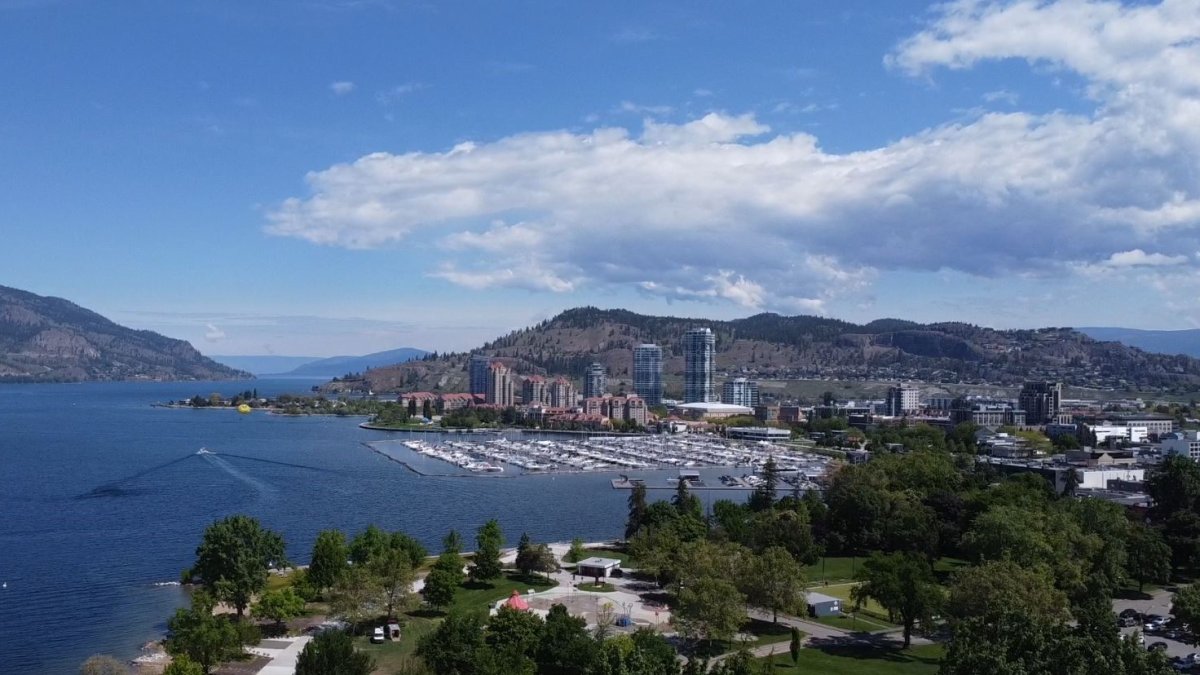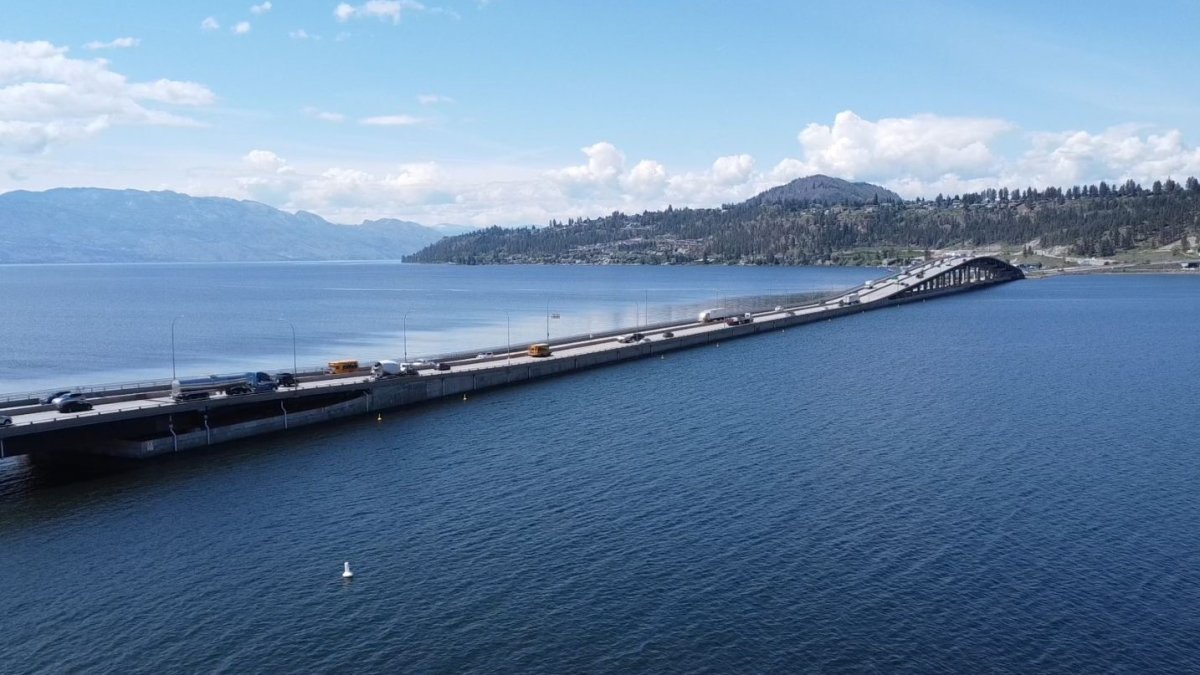Think the Central Okanagan is busier than it was last year? You’d be right.

In 2022, the greater Kelowna area grew by an estimated 6,470 people, giving the region an overall population of 235,473.
That’s up 2.8 per cent from 229,003 in 2021 and an astounding 55,000 from 2011 when the area’s population was 179,839.

The Central Okanagan Economic Development Commission (COEDC) says the region grew an estimated 2.8 per cent from 2021 to 2022.
It added that the area’s largest growth was in Lake Country, which grew 5.9 per cent from 2021 to 2022.
“By 2034, (the area’s) population is expected to grow to nearly 255,000, an increase of more than 36 per cent in 20 years,” reads part of a provincial report on Central Okanagan transportation.
“Over the longer term (40-50 years), the population is expected to grow to 325,000.”
In related news, Statistics Canada released its monthly unemployment rates on Friday.
And, among the nation’s largest cities, Kelowna had the country’s lowest rate for June at 2.9 per cent. Stats Canada says the national average was 5.4 per cent for June. Vancouver was just below par at 5.1 per cent.
In May, Kelowna’s unemployment rate was 3.1 per cent. Quebec City had the lowest rate at 2.6 per cent while Vancouver was at 5.1 per cent.

The Central Okanagan’s labour force grew an estimated 3.5 per cent from March 2022 to March 2023, with the region’s labour force now at 116,667.
The region’s main industry is health care and social assistance, which employs 16,690 workers (14 per cent of the area’s labour force).
Not surprisingly, job postings also grew 6.6 per cent from Q1 in 2022 to Q1 in 2023. Sales and service occupations had the most postings (2,587), accounting for 31.5 per cent. Second was business, finance and administration at 16.0 per cent (1,317 postings).
Financially, the median household income is $85,000 (2021 Census), with the range of $100,000 to $124,999 being the largest bracket at just under 12 per cent. Households that made $200,000 or more accounted for just under 10 per cent.

To view the COEDC’s economic indicators, click here. To view the COEDC’s data portal, which has slightly different stats, click here.
- N.B. law grad frustrated after being unable to cross stage at his own graduation
- 3 people dead, 5 injured after serious boat collision north of Kingston, Ont.
- First Oregon, now B.C.: Why drug decriminalization faces renewed questions
- Canadians kick-off gardening season on May long weekend as food prices soar





Comments